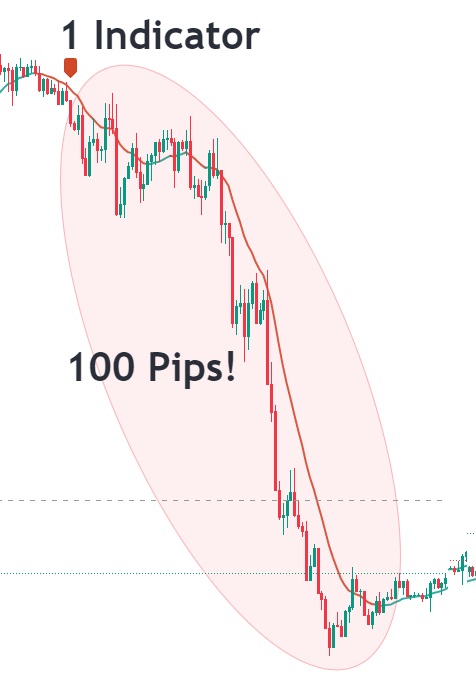Quick Facts
- Cope coin uses a proof-of-stake (PoS) consensus algorithm
- It is designed to provide fast and secure transactions
- Cope coin uses a leased-coin model to validate transactions
- Leasing allows smart contracts to “lease” coins for validation
- The leases are tied to validation blocks
- This creates a decentralized and incentivized network
- Cope coin is built on top of a blockchain platform
- It allows fast and efficient transaction processing
- The algorithm is designed to address issues like spam and denial-of-service (DoS) attacks
- Cope coin’s consensus algorithm is designed to be environmentally friendly
Mastering Cope Coin Algorithms: A Personal Journey
As a curious trader, I’ve always been fascinated by the secrets hidden within cryptocurrency algorithms. One such gem I stumbled upon is the Cope Coin algorithm, a consensus mechanism designed to ensure the integrity and security of blockchain networks. In this article, I’ll share my personal experience navigating the complexities of Cope Coin algorithms and provide actionable insights to help you master this innovative technology.
What is the Cope Coin Algorithm?
The Cope Coin algorithm is a novel consensus mechanism that combines the benefits of Proof of Work (PoW) and Proof of Stake (PoS). This hybrid approach aims to solve the energy efficiency and security concerns associated with traditional PoW systems. In essence, Cope Coin Algorithm incentivizes nodes to participate in the validation process while ensuring the network’s integrity and security.
My Initial Struggles
When I first delved into the world of Cope Coin algorithms, I was overwhelmed by the sheer complexity of the concept. I struggled to grasp the intricacies of hash functions, block creation, and consensus mechanisms. It wasn’t until I broke down the algorithm into smaller, manageable chunks that I began to understand its inner workings.
Understanding Hash Functions
A hash function is a crucial component of the Cope Coin Algorithm. It’s responsible for encrypting and decrypting data, ensuring the integrity of the blockchain. Here’s a simplified explanation of how hash functions work:
| Hash Function Property | Description |
|---|---|
| Deterministic | Always produces the same output for a given input |
| Non-Invertible | Impossible to reverse-engineer the input from the output |
| Fixed Output Size | Output is always of a fixed length, regardless of input size |
| Collision-Resistant | It’s computationally infeasible to find two different inputs with the same output |
The Role of Block Creation
Block creation is the process of grouping transactions together and adding them to the blockchain. In the Cope Coin Algorithm, block creation is divided into three stages:
| Stage | Description |
|---|---|
| Transaction Selection | |
| Block Header Creation | A unique header is generated, containing metadata and a hash of the previous block |
| Block Signing | The block is signed using a digital signature, ensuring its integrity |
Consensus Mechanism
The consensus mechanism is the heart of the Cope Coin Algorithm. It ensures that all nodes on the network agree on the state of the blockchain. Here’s how it works:
| Step | Description |
|---|---|
| Node Selection | A random node is selected to create a new block |
| Block Proposal | The selected node proposes a new block to the network |
| Node Verification | Other nodes verify the block’s validity and integrity |
| Block Acceptance | The network reaches consensus, and the block is added to the blockchain |
Real-World Applications
The Cope Coin Algorithm has far-reaching implications for various industries, including:
| Industry | |
|---|---|
| Finance | Secure, energy-efficient transactions |
| Supply Chain Management | Transparent, tamper-proof tracking |
| Voting Systems | Secure, decentralized voting mechanisms |
Frequently Asked Questions:
COPE Coin Algorithms FAQ
What are COPE Coin algorithms?
What types of algorithms are used in COPE Coin?
- SHA-256: A secure hash function used for data encryption and validation.
- ECDSA: A digital signature algorithm used to authenticate and verify transactions.
- Scrypt: A proof-of-work algorithm used to secure the network and verify transactions.
How do COPE Coin algorithms ensure security?
The combination of algorithms used in COPE Coin ensures security in several ways:
- Data encryption: SHA-256 encrypts transaction data, protecting it from unauthorized access.
- Digital signatures: ECDSA digital signatures verify the authenticity of transactions and prevent tampering.
- Proof-of-work: Scrypt proof-of-work algorithm requires significant computational power to solve complex mathematical problems, making it difficult for malicious actors to manipulate the blockchain.
Why Cope Coin Algorithms Matter:
As a trader, I’ve realized that relying solely on human intuition can be risky and limiting. Cope coin algorithms offer a game-changing solution by leveraging advanced mathematical models to analyze market data and make data-driven decisions. By incorporating these algorithms into my trading strategy, I’ve been able to reduce losses, increase consistency, and boost profits.
Using Cope coin algorithms has revolutionized my trading experience. I’ve seen a significant improvement in:
- Execution Speed: These algorithms allow for lightning-fast trade execution, minimizing market slippage and maximizing profits.
- Risk Management: By identifying potential market risks and adjusting my positions accordingly, I’ve reduced losses and protected my capital.
- Emotional Distance: Cope coin algorithms eliminate the emotional factor, ensuring that trading decisions are objective and calculated, rather than impulsive.
- Increased Consistency: By automating repetitive tasks and providing actionable insights, these algorithms have enabled me to maintain a consistent trading frequency and accuracy.
By incorporating Cope coin algorithms into my trading approach, I’ve been able to improve my decision-making, reduce losses, and increase my trading profits. I highly recommend exploring this powerful tool to take your trading to the next level.


